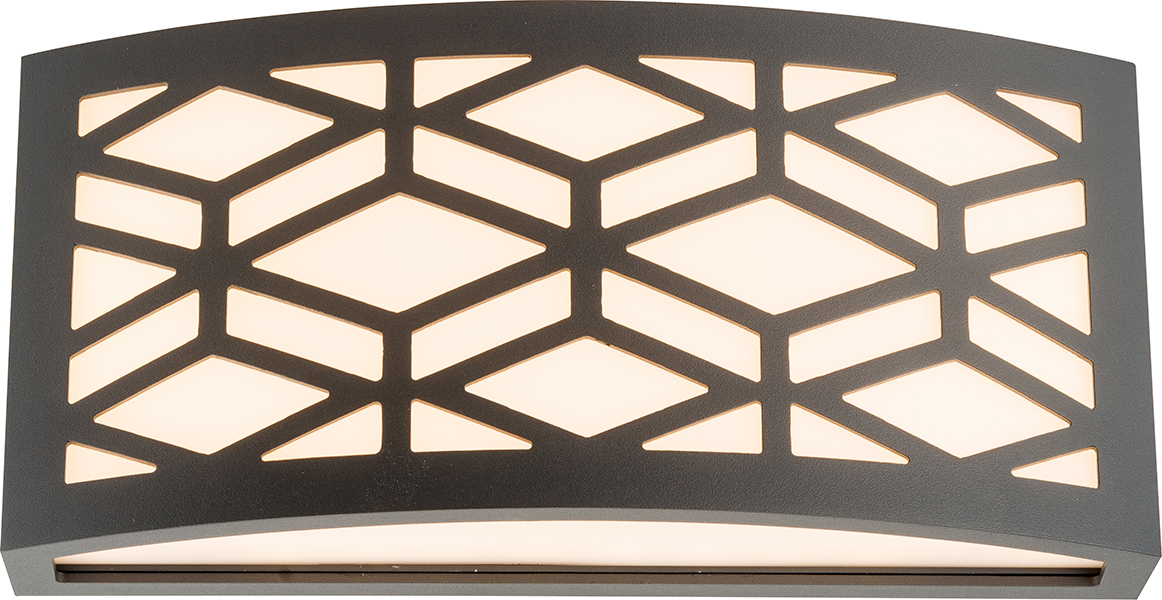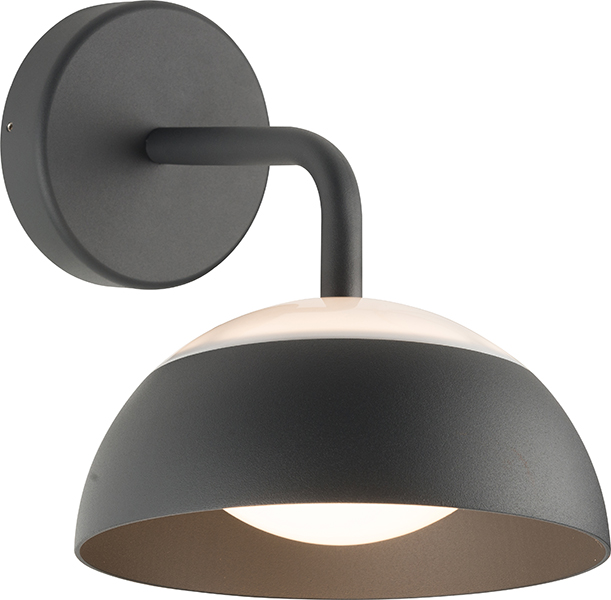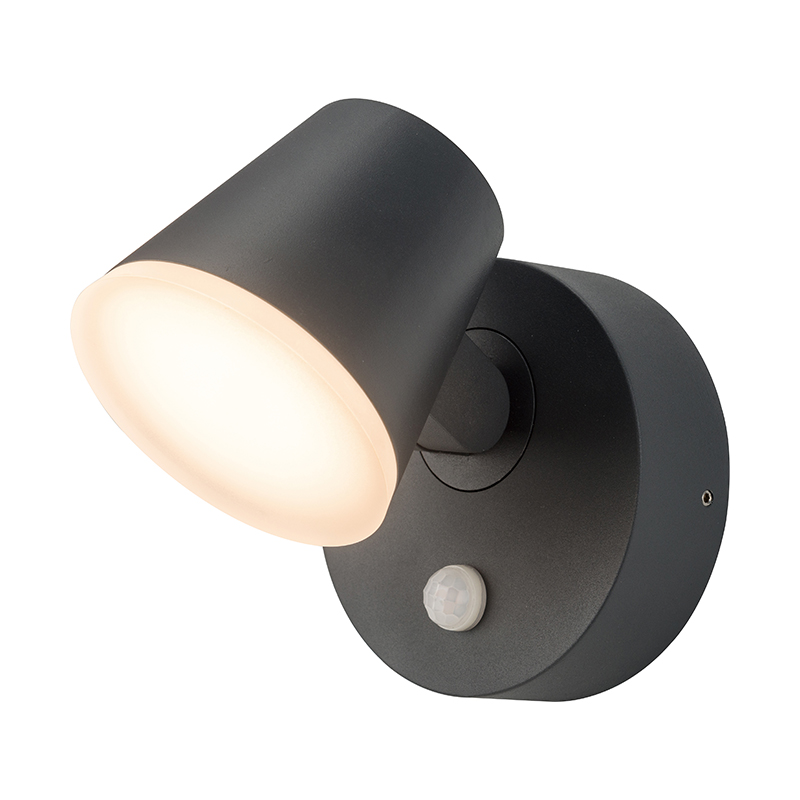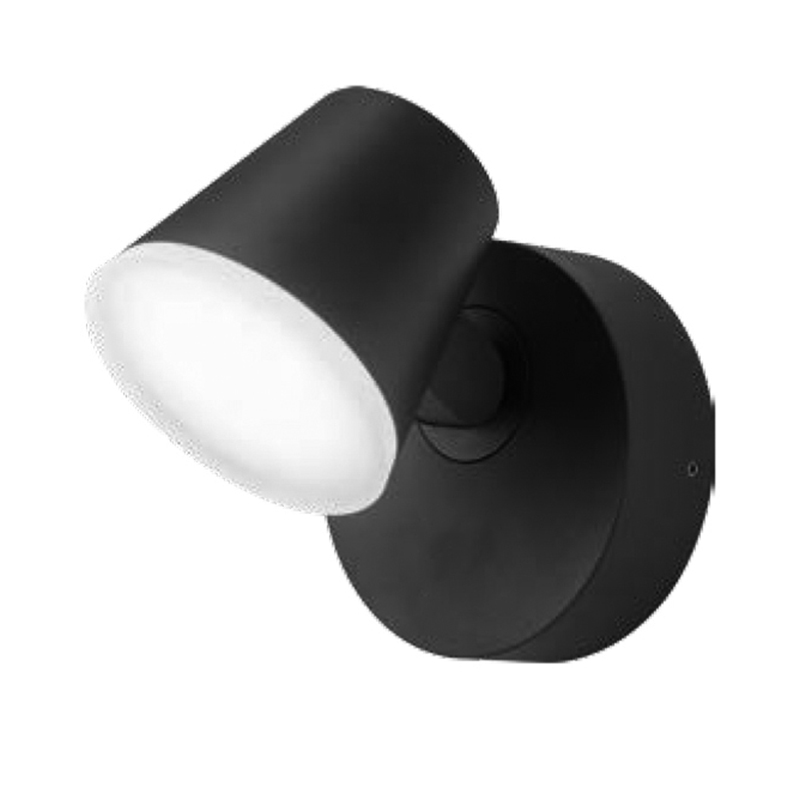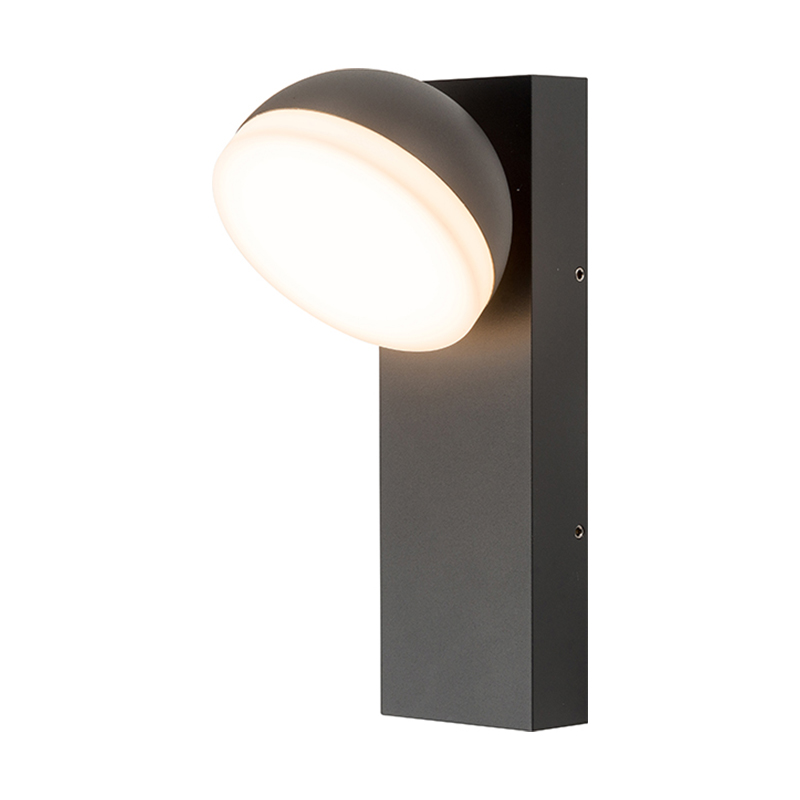
How Can You Maintain Garden Lights to Ensure Long-Term Use?
Garden lights play a vital role in transforming outdoor spaces into inviting, functional, and aesthetically pleasing environments. Whether they are solar-powered, LED, or traditional wired lights, proper maintenance is essential to ensure they perform reliably and last for years. Neglecting routine care can lead to premature wear, reduced brightness, or even complete failure.
Keeping your garden lights clean is one of the simplest yet most effective maintenance tasks. These lights are constantly exposed to the elements—dust, pollen, dirt, insects, and even bird droppings can accumulate on the light covers, lenses, and solar panels. Over time, this buildup can block light output and degrade the visual quality of your lighting system. Cleaning the fixtures regularly with a soft cloth and a mild soap solution helps restore their appearance and ensures optimal brightness. For safety reasons, always switch off the power source before cleaning electric or wired lights.
Another critical aspect of maintenance is checking for signs of moisture damage. Even though most outdoor garden lights are designed to be weatherproof, harsh conditions or aging seals can allow water to seep inside. This can cause internal corrosion, damage wiring, or result in cloudy lenses. It's important to inspect the lights regularly for signs of condensation or rust. If moisture is detected inside the fixture, you may need to dry out the unit, replace worn-out gaskets, or reseal the housing with waterproof silicone to restore its protective barrier.
Solar garden lights also require specific attention to maintain efficiency. The solar panels, which convert sunlight into energy, can become less effective when covered with dust or shaded by growing plants. Wiping the solar panels with a damp cloth keeps them clean and allows for maximum sunlight absorption. Rechargeable batteries inside these lights typically lose efficiency over time. Replacing them every one to two years ensures consistent lighting performance, especially during shorter winter days.
Wired garden lighting systems come with their own set of concerns. Over time, underground wires may be damaged by gardening tools, animals, or shifting soil. Exposed or worn wires not only affect performance but may also pose safety risks. Routine inspections should include checking for exposed cables, loose connections, or signs of corrosion on metal parts. If problems are found, use waterproof wire connectors and ensure all cables are properly buried and protected.
The positioning and surroundings of garden lights also affect their longevity. Overgrown plants and tree branches can block the light or cause physical damage. Trimming back foliage ensures that the lights remain unobstructed, both for better illumination and for preventing branches from scratching or cracking the fixtures. Proper positioning away from constant water splashes, such as near sprinklers, can help prolong the fixture's life.
In regions that experience harsh weather, such as heavy rain, snow, or intense heat, protective measures should be taken. For example, during winter months, it's wise to remove portable lights or cover fixed ones to shield them from ice and snow accumulation. Using weather-resistant covers during storms helps minimize exposure to damaging elements.
Product Category
News Category
- Detailed information
 Emily: emily@cn-hangjia.com
+86-158 8806 3776
Emily: emily@cn-hangjia.com
+86-158 8806 3776 Fanny: fanny@cn-hangjia.com
+86-134 8422 9778
Fanny: fanny@cn-hangjia.com
+86-134 8422 9778 Tina
: tina@cn-hangjia.com
+86-159 5829 3091
Tina
: tina@cn-hangjia.com
+86-159 5829 3091 Address : East Industrial Park Linshan Town Yuyao City Zhejiang Province
Address : East Industrial Park Linshan Town Yuyao City Zhejiang Province

 English
English 中文简体
中文简体
